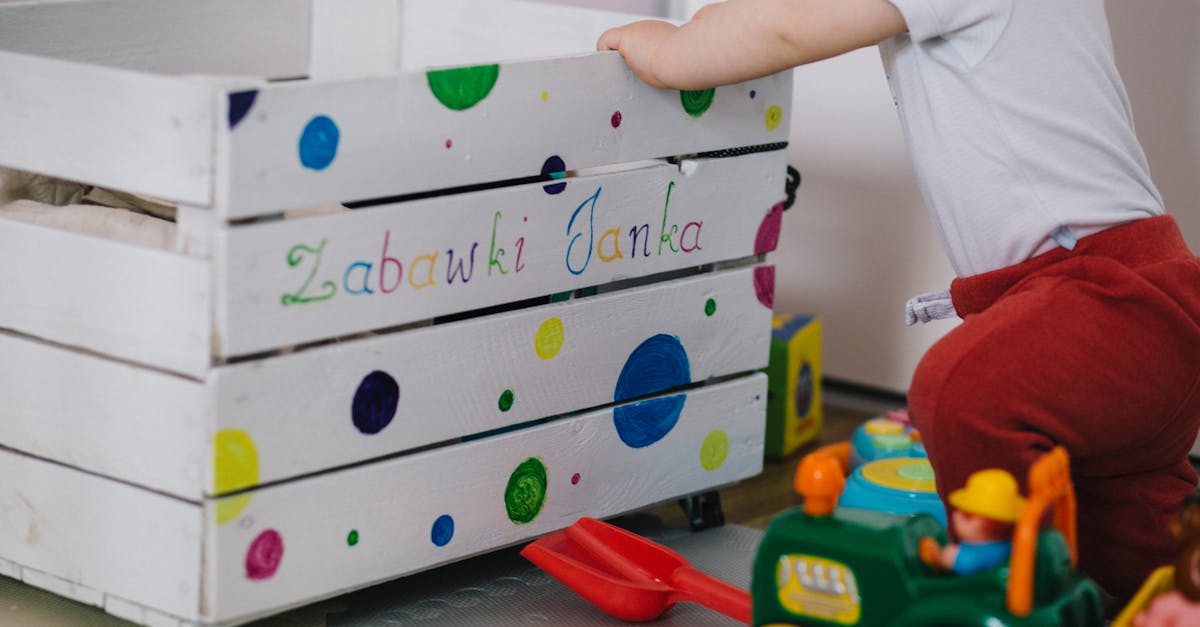Understand Your Toddler’s Sleep Needs
Understanding your toddler’s sleep needs is the first step in creating a successful nap schedule. Toddlers typically need 1-3 hours of nap time daily. Knowing their sleep patterns helps in structuring a better nap plan. Observe your child for a week, noting when they naturally get tired and for how long they sleep. This way, you can set a nap schedule that aligns with their natural rhythms. Trust me, this method worked wonders for my own toddler, turning our nap times from chaos into calm. Remember, every child is unique; what works for one may not work for another!

Create a Consistent Routine
Creating a consistent routine is key to establishing a solid nap schedule. Toddlers thrive on predictability. Start with simple, calming activities before nap time. Reading a book or a gentle cuddle can signal that it’s time for sleep. Stick to the same nap time daily to build their internal clock. I found that my little one loved hearing the same story every day before napping. It became our special time together and signaled to her that nap time was near. A predictable routine reduces anxiety and helps your toddler wind down smoothly.

Design a Nap-Friendly Environment
Designing a nap-friendly environment is crucial for your toddler’s sleep success. Ensure the room is dark, quiet, and at a comfortable temperature. Use blackout curtains and white noise machines to block out disturbances. A consistent nap spot creates a sleep association, making it easier for your child to drift off. For us, a snuggly blanket and a favorite stuffed animal did the trick. This setup not only made it easier for my daughter to fall asleep but also made her feel secure in her space. Personalized touches can make a big difference!

Navigate Through Nap Transitions
Navigating through nap transitions can be tricky, but it’s manageable with patience. Your toddler’s nap needs change as they grow, and they may resist napping.
If they’re showing signs of outgrowing a nap, such as staying wide awake, gradually shift their sleep schedule.
I remember the challenge when my child started skipping her morning nap. We slowly merged it with her afternoon nap, creating a longer, more restful sleep period.
It’s important to stay flexible and monitor your child’s cues during these transitions.

Handle Nap Resistance with Ease
Handling nap resistance with ease can be tough, but don’t sweat it! Toddlers are masters at willfully resisting sleep. Ease them into nap time with calm activities and reassurance. Consistency is your best friend here. Sometimes, nap resistance is just a phase. My best trick was the ‘quiet time’ approach. If she didn’t want to sleep, she still had to rest in her crib with some quiet toys or books. Often, she’d end up snoozing anyway! This approach gave us both some downtime, which is a win in any parent’s book.

Handling nap resistance smoothly is a learning process, but with patience and creativity, you can navigate through this phase successfully. Remember, every child is different, and what works for one might not work for another. Stay positive and adaptable, and soon both you and your little one will enjoy peaceful nap times.
Track Progress and Celebrate Wins
Tracking progress and celebrating wins can make the journey rewarding. Note the times your toddler naps and see patterns emerge. Celebrate small milestones, like successfully transitioning to one nap a day. Keeping a nap journal helps to see progress over time and adjust strategies accordingly. We had a ‘nap sticker chart’ where my daughter got to place a sticker for every successful nap. This not only made nap time fun but also gave her a sense of achievement. Encouragement goes a long way in reinforcing good sleep habits.

